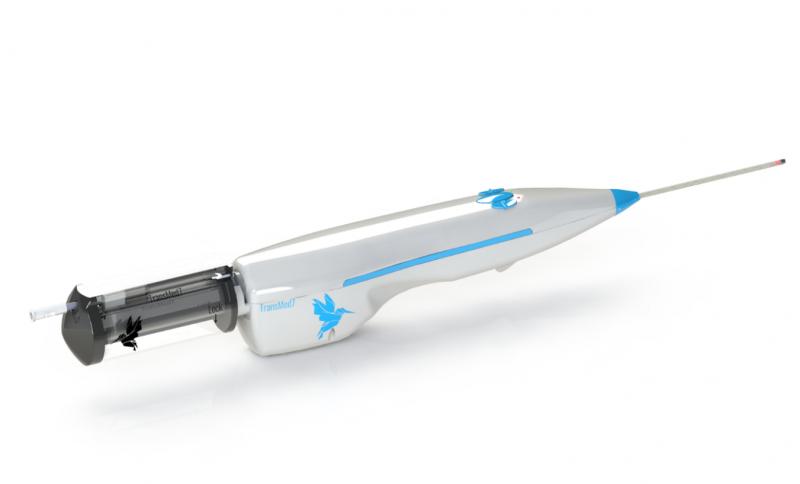Biopsy procedures are critical for the accurate diagnosis of various medical conditions, including cancer, infections, and autoimmune diseases. Over the years, significant advancements have been made in biopsy devices, aiming to enhance precision, efficiency, and diagnostic excellence. These innovative tools and technologies have revolutionized the field of diagnostic medicine, enabling healthcare professionals to obtain more accurate and reliable tissue samples while minimizing patient discomfort and improving overall patient outcomes.
One of the key areas of advancement in biopsy devices is the improvement in imaging and guidance systems. Traditional biopsies relied on palpation and anatomical knowledge, which could sometimes lead to sampling errors. However, with the advent of imaging modalities like ultrasound, computed tomography (CT), magnetic resonance imaging (MRI), and positron emission tomography (PET), physicians can now precisely visualize the targeted tissue, guiding the biopsy needle with real-time imaging. This allows for more accurate tissue targeting, reducing the risk of sampling errors and the need for multiple biopsies.
Furthermore, robotic-assisted biopsy devices have emerged as a game-changer in recent years. These devices offer exceptional precision and dexterity, as they can access difficult-to-reach areas with minimal invasiveness. Robotic systems enable physicians to manipulate the biopsy needle with enhanced stability and control, making the procedure safer and more accurate. Additionally, haptic feedback technology in these devices provides tactile information to the operator, further improving precision during tissue acquisition.
The shift from traditional manual biopsy to minimally invasive techniques has significantly improved patient comfort and recovery times. Endoscopic biopsy devices, for instance, allow physicians to access internal organs through natural body openings or small incisions. This reduces the need for extensive surgical procedures and shortens hospital stays. Patients experience less pain and scarring, enabling them to resume their daily activities faster.
Another notable advancement in biopsy devices is the development of specialized needles and probes. These devices are designed to cater to specific types of biopsies, such as core needle biopsies, fine-needle aspiration (FNA) biopsies, and vacuum-assisted biopsies. Core needle biopsies provide intact tissue samples, allowing for comprehensive analysis of the cellular architecture. FNA biopsies, on the other hand, use thin needles to aspirate cells for cytological examination. Vacuum-assisted biopsies use negative pressure to obtain larger tissue samples in a single pass, reducing the need for multiple insertions.
Moreover, the integration of advanced technologies, such as artificial intelligence (AI), has brought a new dimension to biopsy procedures. AI algorithms can analyze medical imaging data and assist in identifying suspicious areas, streamlining the biopsy process. These algorithms continuously learn from vast datasets, improving their diagnostic accuracy over time. By incorporating AI into biopsy devices, the overall diagnostic yield has increased, aiding physicians in making more informed decisions and offering personalized treatment plans to patients.
The introduction of disposable biopsy devices has also contributed to enhanced safety and reduced infection risk. Single-use, sterile devices eliminate the need for device reprocessing, mitigating the chances of cross-contamination. Additionally, disposable devices often come with ergonomic designs, ensuring ease of use for healthcare professionals and improved patient comfort.
In conclusion, the advancements in biopsy devices have transformed the landscape of diagnostic medicine. From improved imaging and guidance systems to the integration of AI and robotic assistance, these innovations have enhanced precision, efficiency, and diagnostic excellence. Patients benefit from minimally invasive techniques that reduce discomfort and hasten recovery, while healthcare providers can rely on more accurate and reliable tissue samples for accurate diagnoses. As technology continues to evolve, we can expect even more groundbreaking developments in biopsy devices, further revolutionizing the field of medical diagnostics and patient care.
